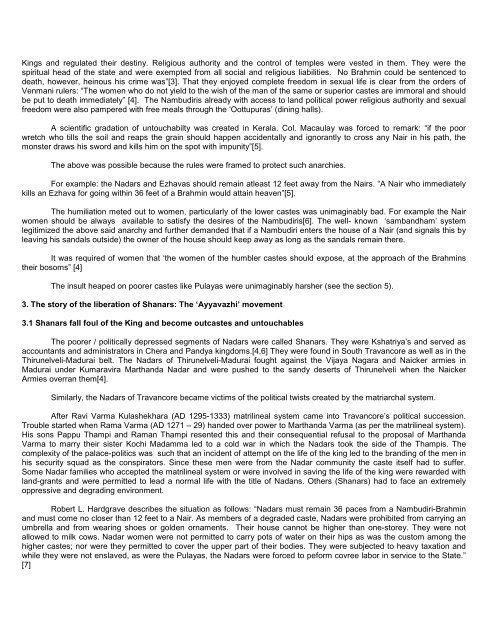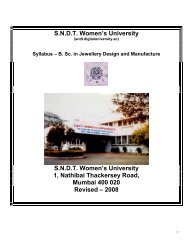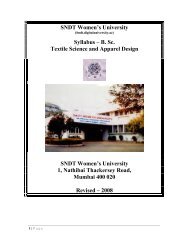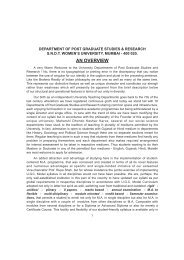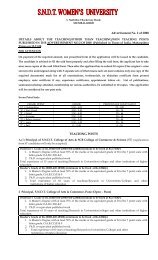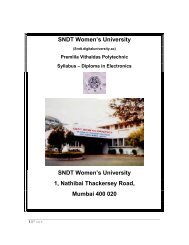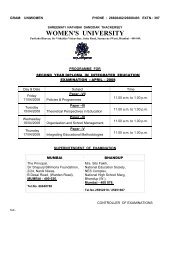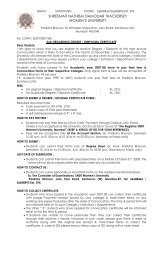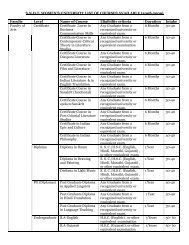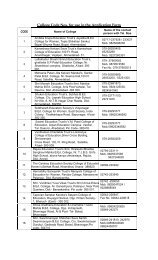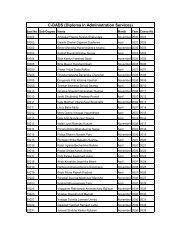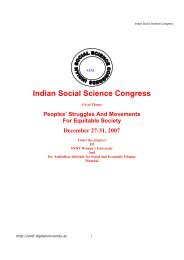XXXI Abstracts Part 1 page 1-189
XXXI Abstracts Part 1 page 1-189
XXXI Abstracts Part 1 page 1-189
You also want an ePaper? Increase the reach of your titles
YUMPU automatically turns print PDFs into web optimized ePapers that Google loves.
Kings and regulated their destiny. Religious authority and the control of temples were vested in them. They were the<br />
spiritual head of the state and were exempted from all social and religious liabilities. No Brahmin could be sentenced to<br />
death, however, heinous his crime was”[3]. That they enjoyed complete freedom in sexual life is clear from the orders of<br />
Venmani rulers: “The women who do not yield to the wish of the man of the same or superior castes are immoral and should<br />
be put to death immediately” [4]. The Nambudiris already with access to land political power religious authority and sexual<br />
freedom were also pampered with free meals through the ‘Oottupuras’ (dining halls).<br />
A scientific gradation of untouchabilty was created in Kerala. Col. Macaulay was forced to remark: “if the poor<br />
wretch who tills the soil and reaps the grain should happen accidentally and ignorantly to cross any Nair in his path, the<br />
monster draws his sword and kills him on the spot with impunity”[5].<br />
The above was possible because the rules were framed to protect such anarchies.<br />
For example: the Nadars and Ezhavas should remain atleast 12 feet away from the Nairs. “A Nair who immediately<br />
kills an Ezhava for going within 36 feet of a Brahmin would attain heaven”[5].<br />
The humiliation meted out to women, particularly of the lower castes was unimaginably bad. For example the Nair<br />
women should be always available to satisfy the desires of the Nambudiris[6]. The well- known ‘sambandham’ system<br />
legitimized the above said anarchy and further demanded that if a Nambudiri enters the house of a Nair (and signals this by<br />
leaving his sandals outside) the owner of the house should keep away as long as the sandals remain there.<br />
It was required of women that ‘the women of the humbler castes should expose, at the approach of the Brahmins<br />
their bosoms” [4]<br />
The insult heaped on poorer castes like Pulayas were unimaginably harsher (see the section 5).<br />
3. The story of the liberation of Shanars: The ‘Ayyavazhi’ movement<br />
3.1 Shanars fall foul of the King and become outcastes and untouchables<br />
The poorer / politically depressed segments of Nadars were called Shanars. They were Kshatriya’s and served as<br />
accountants and administrators in Chera and Pandya kingdoms.[4,6] They were found in South Travancore as well as in the<br />
Thirunelveli-Madurai belt. The Nadars of Thirunelveli-Madurai fought against the Vijaya Nagara and Naicker armies in<br />
Madurai under Kumaravira Marthanda Nadar and were pushed to the sandy deserts of Thirunelveli when the Naicker<br />
Armies overran them[4].<br />
Similarly, the Nadars of Travancore became victims of the political twists created by the matriarchal system.<br />
After Ravi Varma Kulashekhara (AD 1295-1333) matrilineal system came into Travancore’s political succession.<br />
Trouble started when Rama Varma (AD 1271 – 29) handed over power to Marthanda Varma (as per the matrilineal system).<br />
His sons Pappu Thampi and Raman Thampi resented this and their consequential refusal to the proposal of Marthanda<br />
Varma to marry their sister Kochi Madamma led to a cold war in which the Nadars took the side of the Thampis. The<br />
complexity of the palace-politics was such that an incident of attempt on the life of the king led to the branding of the men in<br />
his security squad as the conspirators. Since these men were from the Nadar community the caste itself had to suffer.<br />
Some Nadar families who accepted the matrilineal system or were involved in saving the life of the king were rewarded with<br />
land-grants and were permitted to lead a normal life with the title of Nadans. Others (Shanars) had to face an extremely<br />
oppressive and degrading environment.<br />
Robert L. Hardgrave describes the situation as follows: “Nadars must remain 36 paces from a Nambudiri-Brahmin<br />
and must come no closer than 12 feet to a Nair. As members of a degraded caste, Nadars were prohibited from carrying an<br />
umbrella and from wearing shoes or golden ornaments. Their house cannot be higher than one-storey. They were not<br />
allowed to milk cows. Nadar women were not permitted to carry pots of water on their hips as was the custom among the<br />
higher castes; nor were they permitted to cover the upper part of their bodies. They were subjected to heavy taxation and<br />
while they were not enslaved, as were the Pulayas, the Nadars were forced to peform covree labor in service to the State.”<br />
[7]


